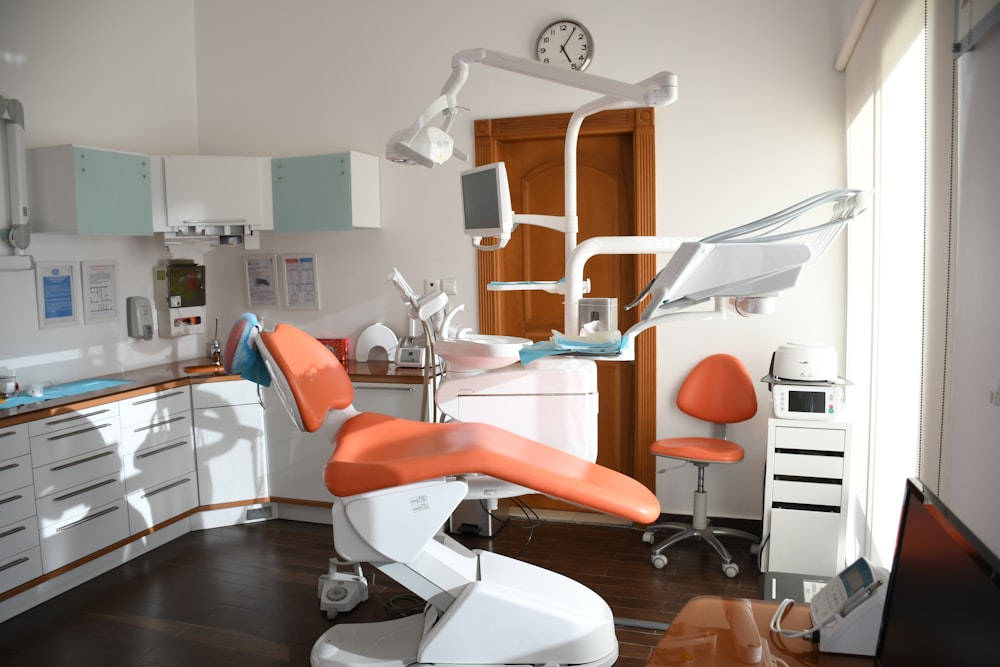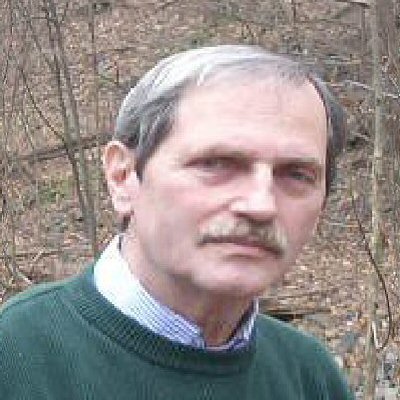IF YOU ASK ME: Tooth or Consequences
It must be admitted that when it comes to dentists I could never be convicted of objectivity. But I come by my observations honestly. My view has been tinged by a number of past experiences, none of them pleasant.
Dentists & Children
This foreboding creature worked from an office/apartment which itself did little to fuel one’s confidence in the practice of dentistry. The waiting room, for instance, was small and lacked adequate light or ventilation. An overwhelming odor from some industrial-strength disinfectant permeated every crevice. Back issues of “Mortuary Monthly” were strewn about, left, no doubt, to distract one from the cries (consider the alternative) coming from the adjoining room.
If the waiting room was cheerless, it was the height of merriment compared to the office. The central feature was a brown chair and a mechanical octupus, or maybe it was a mechanical chair and a brown octopus. From the octopus came various arms which held drills, water sprays, and other fearsome items. A series of gears and strings ultimately brought power from the motor on the floor to the drill tip.
The highlight of the chair/octopus was a spit sink, a charming device which was closer than the cuspidor on the floor.
Hanging from the octopus was a singular arm which held a flat white plate with up-turned serrated edges. On this plate were the dentist’s prime tools: a file, several picks, various filling compounds, a claw hammer, pliers, and a number of reamers. Also in the office were a drill press, lathe, and several other larger tools.
Drill Ye Dentists, Drill
On the drilling process itself, my dentist believed that anything which would even marginally relieve pain had been inspired by Bolsheviks. The drill was slow — 2,500 rpm at best — accompanied by the fine scent of burning teeth. While all this was going on, the tool-bearing white plate was well within view, a suggestion of joys to come.
With this background in mind, you can imagine my apprehension when I recently saw a genuine discoloration on one tooth. It was time, I knew, to once again face The Dentist.
My first problem was to find a dentist, not having been to one — I admit this reluctantly — since Eisenhower was sworn in. I checked with friends and assembled a list of individuals equidistant from my home and a local hospital. Each was called and forced to answer specific questions: Do you use a pain killer? Do you have all your fingers? Are there scars on your wrist? Have you every sold a watch movement to a patient? Do you subscribe to “Mortuary Monthly?”
Dentistry has Changed
My apprehensions somewhat soothed, I finally selected a nearby dentist and committed myself to an appointment.
To say that dentistry has changed is an understatement. The practice of dentistry — for you who have avoided the brown chair as I had — has been revolutionized. This was apparent when I first walked through the doorway and saw a waiting room that scored just about zero as a model of intimidation. There was air, light, and no olfactory evidence of a recent battle against the plague.
Even children’s books and toys were on hand — one of which I found particularly amusing.
At the appointed hour it became obvious that psychology had encountered dentistry, much to the benefit of the latter. The chair/octopus was replaced by a lone orange recliner. I looked everywhere, but could not find a spit sink, or for that matter, tools or watch movements. These items, the tools at least, were now hidden from view.
There was music and a dental assistant, to assuage my every fear — of which there were many.
The dentist found my cavity. Childhood memories began to surface. I was prepared to gnaw on the poor fellow’s wrist until he mentioned that a pain killer was available. Also, at my request, the dentist supplied nitrous oxide — laughing gas to you, nirvana to me.
With its speed of about 250,000 rpm, plus the lack of vibration from various strings and fears, the drill did its job in a matter of seconds. There was no smell of burning teeth.
Nearly Asleep

Nitrous oxide, according to the dental people, is supposed to be a relaxing agent rather than a painkiller. Between the office decor, the high-powered drill, the lack of pain, the gas, the hidden tools, and the missing octopus, I nearly fell asleep.
Given a choice, of course, I prefer the new dentistry to the old. There are, however, some experiences which I prefer to limit, and toward this end I have invested in a kilometer of dental floss and a magnum of fluoride.
Published originally by The Washington Post, February 19, 1980. Copyright Peter G. Miller. All Rights Reserved. Photo Credit: Atikah Akhtar on Unsplash.

